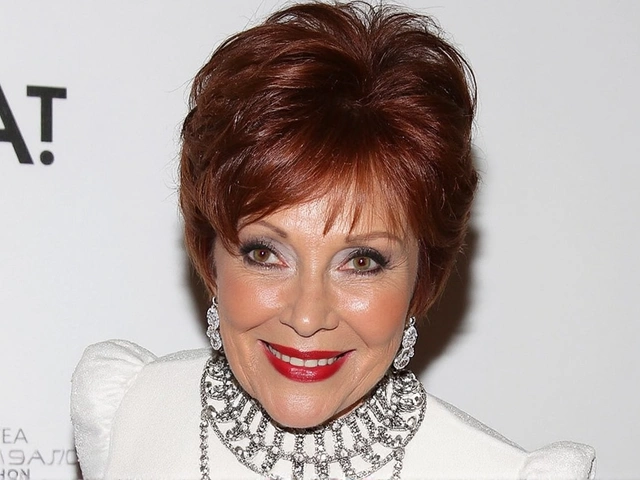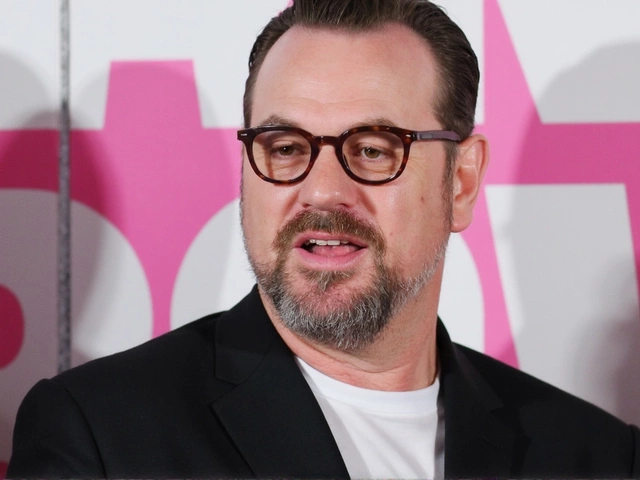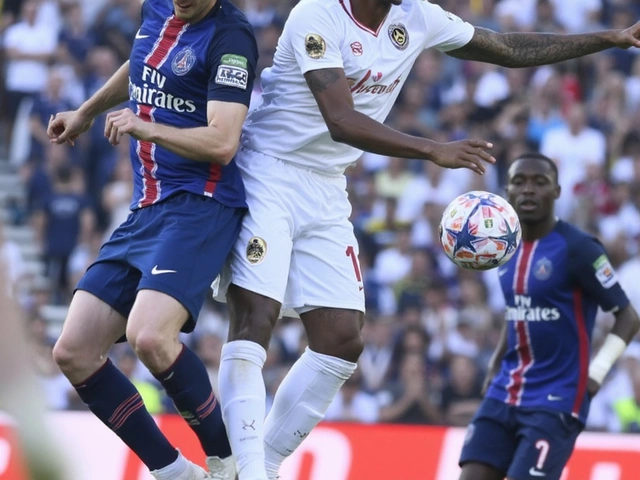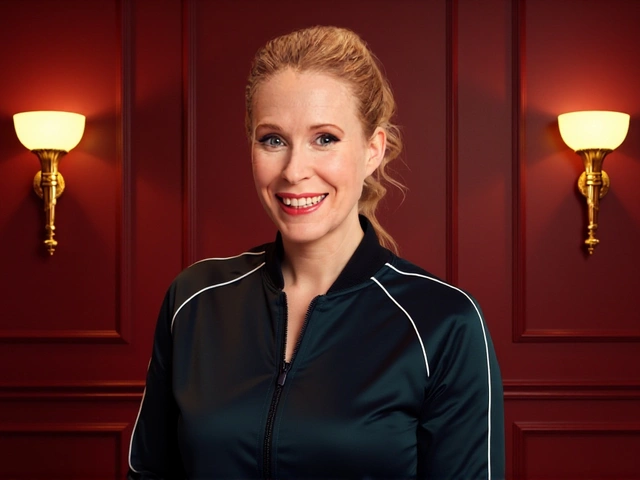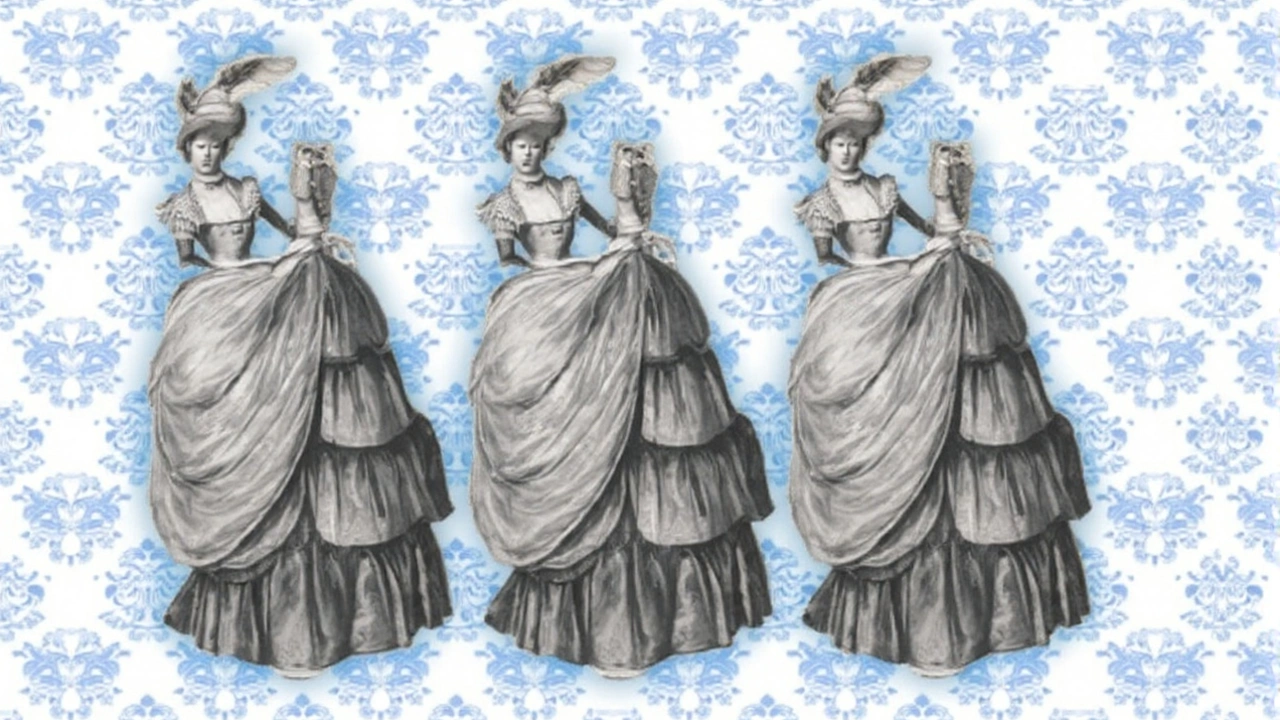
Leaked wedding dress photos ignite a two-front debate
Leaked set photos from Emerald Fennell’s new take on Wuthering Heights show Margot Robbie in a striking white wedding gown with an off-shoulder corset, hoop skirt, tiara, and veil. Within hours, the images ricocheted across X, Instagram, and TikTok, and the reaction split along two lines: Robbie’s age versus the character’s age, and whether the costume fits the era Emily Brontë wrote about.
Catherine Earnshaw dies as a teenager in the novel—about 18—while Robbie is 34. For many readers, Catherine’s early death is not a detail; it’s the tragic core of the story’s obsession and grief. That’s why the casting hit a nerve. The worry is simple: if Catherine looks firmly adult, the shattering sense of wasted youth might fade. The criticism widened to Jacob Elordi, who plays Heathcliff, with some saying he and Robbie look too modern for a pre-industrial setting.
The costume took just as much heat. White wedding dresses didn’t become a cultural norm in Britain until after Queen Victoria’s 1840 ceremony. Wuthering Heights is set decades earlier, around the late 18th and early 19th century on the Yorkshire moors, when most brides wore their best outfit, not a purpose-made white gown. The visible hoop raised more eyebrows; the cage crinoline silhouette boomed in the 1850s and 1860s, later than Brontë’s timeline. To fans who prize period detail, the whole look reads as several eras off.
This isn’t the first time a beloved classic met social-media court. But the combination—an older lead playing a teen who dies young, plus a dress that screams mid-Victorian—was gasoline on the fire. Some posts complained that Hollywood surely has actors under 25 for teenage roles. Others argued the costume felt like a bridal catalog fantasy, not the rough, wind-bitten world that defines the book.
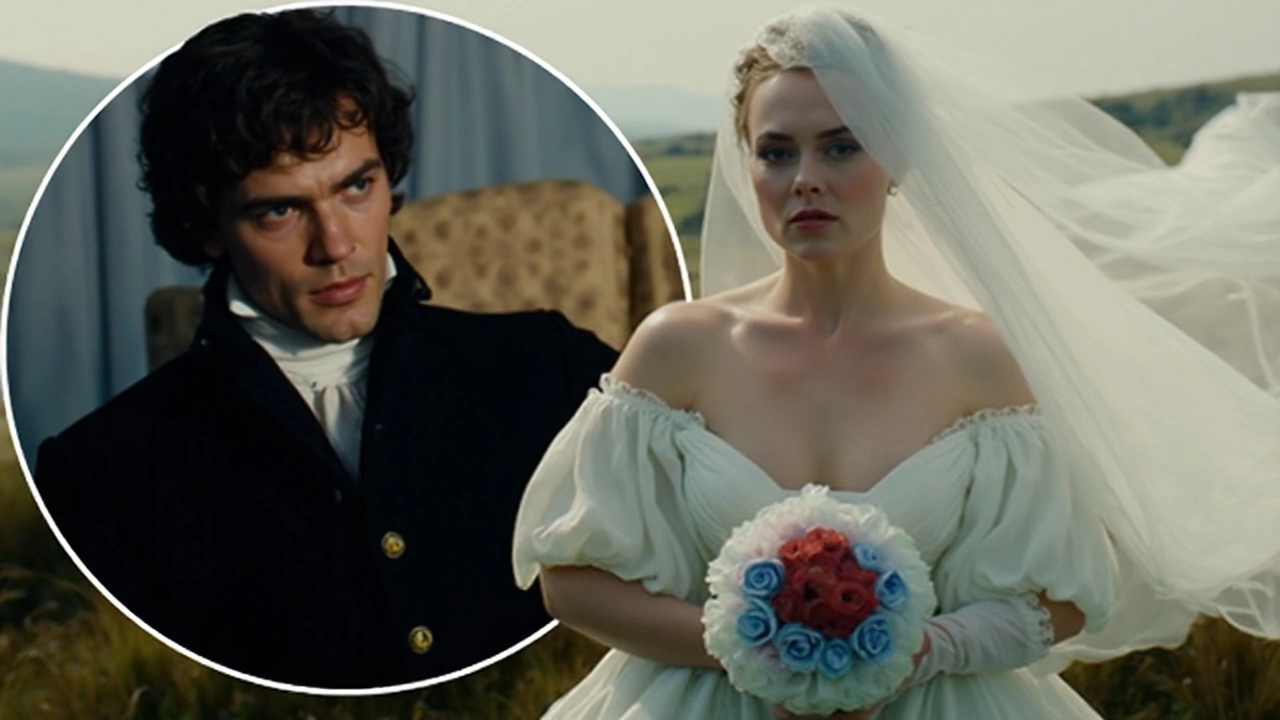
What history, filmmaking, and past adaptations tell us
There are reasons productions age characters up. Labor rules limit how long minors can work, and teen-heavy schedules can drive up costs or slow shoots. Casting an internationally known star also secures financing, distribution, and global marketing. That doesn’t erase the artistic concern—Catherine’s youth matters—but it explains why a studio might land on Robbie, one of the few actors who can anchor a period drama and open it worldwide.
Historical dress adds another layer of nuance. Before Victoria set a trend, bridal wear followed personal taste, budget, and what was already in the wardrobe. Browns, blues, prints—whatever looked best and could be reworn. As for structure, 1770s–1820s silhouettes vary: stays and petticoats lingered from the 18th century; high-waisted Regency gowns came in; later, different supports created volume. A hoop peeking out in a late-18th-century rural Yorkshire wedding would be unusual. That said, on-set images can mislead. The skirt might be pinned for movement in a rehearsal. The hoop might be a rig to keep fabric off mud. The scene could be a fantasy, a dream, or a flash-forward. Without context, a single frame can tell the wrong story.
Emerald Fennell’s track record hints at deliberate provocation. Promising Young Woman twisted genre rules; Saltburn sparked its own culture-war debate. She’s not shy about mixing mood with period. Period films often make stylistic choices for theme over textbook accuracy: Sofia Coppola put modern flourishes into Marie Antoinette; The Favourite smuggled in contemporary fabrics and silhouettes; Bridgerton built an empire on Regency-adjacent glam. That approach thrills some and frustrates purists, but it’s a known playbook.
Wuthering Heights adaptations have zig-zagged across the same line for decades. William Wyler’s 1939 film with Merle Oberon and Laurence Olivier streamlined the book and leaned into Hollywood romance. Peter Kosminsky’s 1992 version with Juliette Binoche and Ralph Fiennes built a lush, mainstream period look. Andrea Arnold’s 2011 film stripped things back, favoring rough textures, stark light, and non-glossy costumes that felt pulled from the soil. Each one chose a different level of fidelity, and each found a different audience.
The age-gap issue also has history across film and TV. Adults often play teens because they can work longer hours and handle heavy schedules. That turns into a problem when the character’s youth is the point of the plot. Catherine’s short life frames the entire second half of the novel—her death fuels Heathcliff’s revenge and the generational echo that follows. Viewers aren’t wrong to worry the emotional math changes if Catherine looks older, even if performance, lighting, and makeup aim to bridge the gap.
Costume designers, meanwhile, juggle art and accuracy. They pull from museum archives, paintings, fashion plates, diaries, and surviving garments. Then the director sets a tone: naturalistic, heightened, or somewhere in between. Sometimes there’s a “hero” dress meant to announce a feeling at a glance—status, doom, obsession—even if it cheats the calendar by a few decades. That’s why a knowingly anachronistic wedding gown could be a conscious story choice: a visual shout about love and doom, not a lesson in dress history.
Fans’ responses are also shaped by the era of instant judgment. A single leaked photo now functions like a trailer. The Little Mermaid hair-color discourse, House of the Dragon wig debates, even Bridgerton’s playful color palettes—all show how wardrobe can dominate the conversation long before a first cut is ready. Studios benefit from buzz, but the risk is obvious: a narrative hardens before the film can explain itself.
There’s a practical note worth keeping in mind. These are not official stills. We don’t know the scene’s context, the time jump, or whether it’s a hallucination or an imagined wedding. We don’t know if the gown is a camera test, a stunt double rig, or a rehearsal skirt meant to survive mud and wind. Until the production shares details—through a teaser, a studio still, or a director’s note—the safest read is that we’ve seen a fragment, not the whole idea.
What’s certain is the stakes. Wuthering Heights is more than a love story; it’s a storm about class, cruelty, and memory, set on a landscape that feels alive and hostile. Any adaptation lives or dies on whether it makes Catherine’s youth and Heathcliff’s rage feel urgent. The trailer, when it arrives, will show whether Fennell is chasing raw authenticity, a stylized fever dream, or something in between—and whether the controversial gown and the older casting serve that vision or fight it.
- The debate centers on two issues: the lead’s age versus Catherine’s, and whether the wedding look fits the era.
- White bridal gowns were not standard in Britain until after 1840; Brontë’s timeline predates that shift.
- Adults often play teens for legal and logistical reasons, but Catherine’s youth is key to the story’s impact.
- Stylized costuming is common in modern period dramas, sometimes by design rather than error.
- These were leaked images; context could change how the costume and scene are understood.

